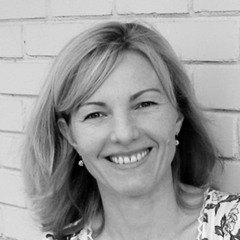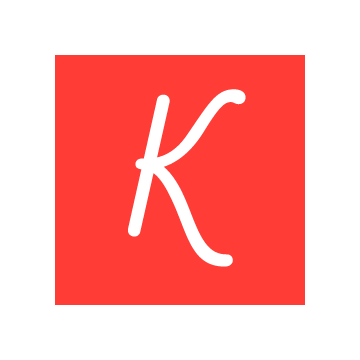Discover legacy content from FontShop.com, preserved for your reference.
Welcome to our interview and Fontlist series as part of the FontShop Celebrates: Women in Design week. During this series we interviewed a few of our favourite female designers. We then asked them to compile their own Fontlists of their top type picks, giving reasons as to why those particular faces tickled their fancy.
Today we talk with Sibylle Hagmann of the one-woman foundry Kontour.


You set up Kontour back in 2000. What was/is the most challenging part about running your own foundry?
Sibylle Hagmann | “Finding the time to design and develop the typefaces I have ideas for.”
Who would you love to design a custom typeface for?
Sibylle Hagmann | “I would love to design a custom typeface for a design museum or collection. Lately I’ve also been looking at the type employed in the The New Yorker, a weekly magazine with a mix of reporting, commentary on politics, pop culture along with fiction, humour, and more. The publication itself was initially launched in 1925 which is why the characteristic display type used in the magazine and online connotes the ’20s. While this headline type is charming and refined as is, some letter shapes itch to be revised subtly. Perhaps a job for the mag’s upcoming 100th anniversary?”

You have taught in the field for a number of years. How have the methods and content changed, if at all?
Sibylle Hagmann | “Visual expression has been on the rise everywhere in the last couple of years, and methods of instruction and content are in constant flux. Student projects are continuously being adjusted to changing tools, techniques, and increasing levels of complexity. What remains constant though are the study of the basics of form, the intricacies of craft, and critical/design thinking.”
Since starting your career what has been greatest achievement to date?
Sibylle Hagmann | “In my mind the decision to have shifted the focus of my studio practice exclusively on type design.”

Last year, you gave a fantastic talk at TYPO San Francisco about GDR design. What was it that initially inspired you to investigate this period of design?
Sibylle Hagmann | “The initial focus of this study has been on how type design developed in the GDR after World War II juxtaposed to the advancements of typography in West Germany. My curiosity circled around how a cultural and economic vacuum influenced the GDR type industry. The geographic area that became Eastern Germany included cities, like, for example, Leipzig or Dresden, locations with extraordinary traditions in fine typography. This study also allowed me to become more familiar with these traditions. I find that “ingesting” research has almost always the effect of the material resurfacing and poring back out in a mentally processed manner. Before pursuing a similar study, I’m hoping to advance this one further sometime in the future.”
Check out Sibylle’s typefaces and discover her Favorite Fonts.





